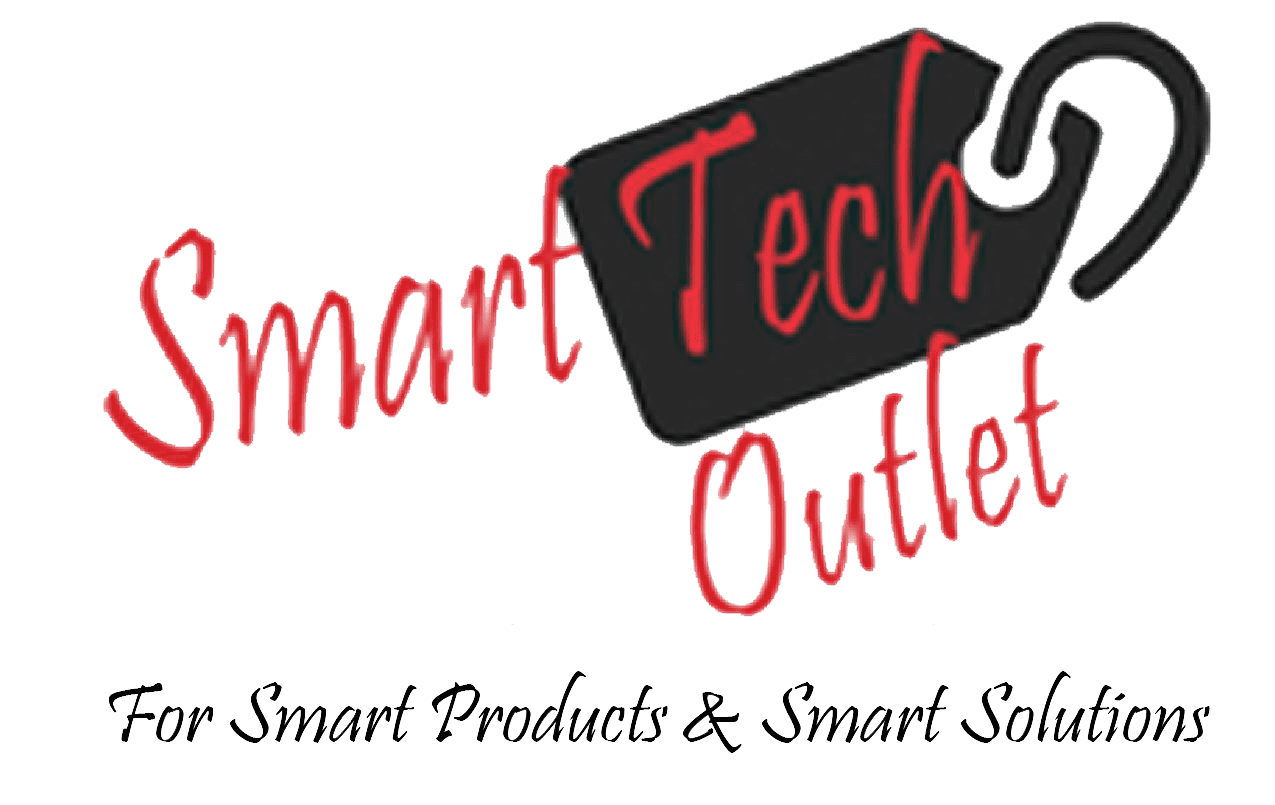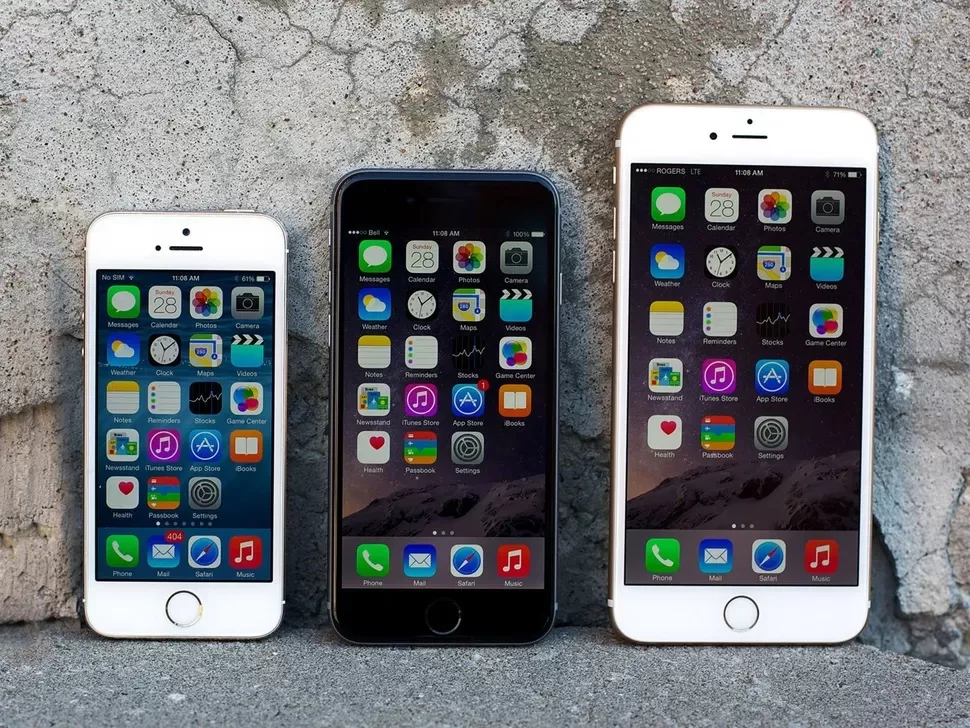Should I Buy a Used iPhone or a Refurbished iPhone?

Introduction
When looking to save money on an iPhone, you’re likely to come across two popular options: buying a used iPhone or a refurbished iPhone. While both can be budget-friendly alternatives to buying a new device, they are not the same. Understanding the differences can help you decide which option is better suited to your needs.
Let’s explore the pros, cons, and key factors to consider when choosing between a used iPhone and a refurbished one.
What Is a Used iPhone?
A used iPhone is a pre-owned device sold as-is by an individual or retailer. The phone’s condition depends on how the previous owner cared for it, and it may show signs of wear or damage.
Key Features of a Used iPhone:
• No Repairs or Testing: Typically sold without any technical repairs or inspections.
• No Warranty: Rarely comes with a warranty unless sold by a retailer offering limited coverage.
• Condition Varies: The phone may have scratches, dents, or even minor functional issues.
What Is a Refurbished iPhone?
A refurbished iPhone is a pre-owned device that has been repaired, tested, and restored to ensure it works like new. Refurbished phones are sold by certified retailers, manufacturers, or third-party refurbishers.
Key Features of a Refurbished iPhone:
• Faulty parts are replaced, and the phone is thoroughly tested.
• Usually comes with a limited warranty (e.g., 90 days to 1 year).
• May have minor cosmetic imperfections but functions like a new phone.
Comparison: Used iPhone vs. Refurbished iPhone
Feature Used iPhone Refurbished iPhone
Condition Varies: Can show wear or minor damage. Restored to near-new functionality.
Testing and Repairs No testing or repairs. Fully tested and repaired as needed.
Warranty Rarely included. Often comes with a limited warranty.
Accessories May not include accessories. Usually includes new or compatible ones.
Price Cheaper than refurbished. Slightly more expensive than used.
Pros and Cons of Buying a Used iPhone
Pros:
- Cheaper Option: Often more affordable than refurbished iPhones.
- Immediate Availability: Easy to find through online marketplaces or local sellers.
- No Refurbishing Markup: No added costs for repairs or certifications.
Cons: - Uncertain Condition: May have hidden defects or limited functionality.
- No Warranty: You’re on your own if something goes wrong.
- Risk of Scams: Higher chance of buying stolen or counterfeit devices if not purchased carefully.
Good and Bad of Buying a Refurbished iPhone
Pros:
- Certified and Tested: Restored to meet functional standards.
- Warranty Coverage: Protection against future issues.
- Accessories Included: Often comes with chargers, cables, and packaging.
- Environmentally Friendly: Extends the lifecycle of the device, reducing e-waste.
Cons: - Higher Cost: Slightly more expensive than used iPhones.
- Limited Availability: Refurbished models may not always be in stock, especially for newer releases.
Tips for Buying a Used or Refurbished iPhone
- Check the Seller’s Reputation: Always buy from trusted sources, whether it’s an individual or a retailer.
- Inspect the Phone: If buying used, check the condition in person. Ensure the screen, buttons, and ports are functional.
- Request the IMEI Number: Verify that the phone is not stolen or denylisted
- Understand the Warranty: If buying refurbished, confirm the length and terms of the warranty.
- Compare Prices: Balance the savings with the risk (used) or added assurance (refurbished).
Which One Should You Choose?
• Choose a Used iPhone:
If you’re on a tight budget, willing to take a risk on condition, and are comfortable buying from a trusted seller after careful inspection.
• Choose a Refurbished iPhone:
If you want peace of mind, warranty coverage, and a phone that works like new without paying full retail price.
Conclusion
Buying a used or refurbished iPhone can save you money, but the best choice depends on your priorities. Used iPhones are cheaper but riskier, while refurbished iPhones offer reliability and warranty for a slightly higher price.
By carefully evaluating your needs, inspecting the device, and choosing reputable sellers, you can make a purchase that delivers both value and peace of mind.















